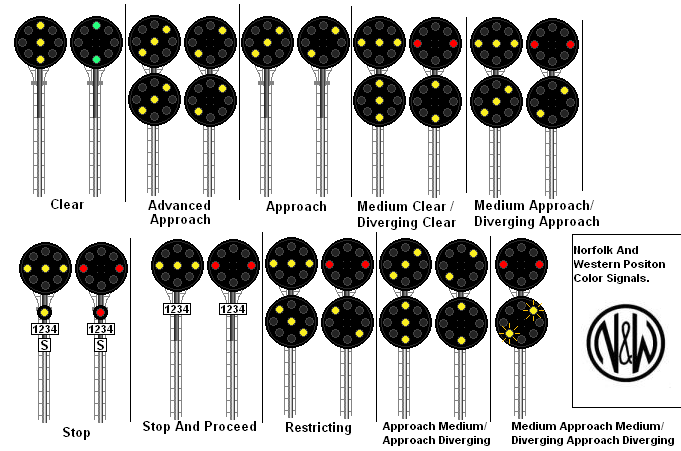

Train orders allowed dispatchers to set up meets at sidings, force a train to wait in a siding for a priority train to pass, and to maintain at least one block spacing between trains going the same direction. North American practice meant that train crews generally received their orders at the next station at which they stopped, or were sometimes handed up to a locomotive 'on the run' via a long staff. These allow the cancellation, rescheduling and addition of train services. The telegraph allows the dissemination of any timetable changes, known as train orders. With the advent of the telegraph in 1841, a more sophisticated system became possible because this provided a means whereby messages could be transmitted ahead of the trains. Timetable operation was the normal mode of operation in North America in the early days of the railroad. Nonetheless, this system permits operation on a vast scale, with no requirements for any kind of communication that travels faster than a train. To provide flexibility, the timetable must give trains a broad allocation of time to allow for delays, so the line is not in the possession of each train for longer than is otherwise necessary. Trains cannot be added, delayed, or rescheduled without advance notice.Ī third problem is a corollary of the second: the system is inefficient. The system does not allow for engine failures and other such problems, but the timetable is set up so that there should be sufficient time between trains for the crew of a failed or delayed train to walk far enough to set warning flags, flares, and detonators or torpedoes (UK and US terminology, respectively) to alert any other train crew.Ī second problem is the system's inflexibility. First, there is no positive confirmation that the track ahead is clear, only that it is scheduled to be clear. The timetable system has several disadvantages. The waiting train must return eight blasts before the flag carrying train may proceed. In addition, the train carrying the flags gives eight blasts on the whistle as it approaches. In the US the display of two green flags (green lights at night) is an indication that another train is following the first and the waiting train must wait for the next train to pass. Neither train is permitted to move before the other has arrived.

When trains run in opposite directions on a single-track railroad, meeting points ("meets") are scheduled, at which each train must wait for the other at a passing place. Trains may only run on each track section at a scheduled time, during which they have 'possession' and no other train may use the same section. Every train crew understands and adheres to a fixed schedule. The simplest form of operation, at least in terms of equipment, is to run the system according to a timetable. Also, these may or may not be on your list of requirements for your signaling system.
#PRR SEMAPHOR TRAIN SIGNAL RULES SOFTWARE#
Your logic board or software program may or may not be able to accommodate all these type inputs. This information can be used to affect the aspect (signal state) for a given signaling block. You may also want to know the power status of the route ahead (power management). Generally, a signaling system needs to know the current route (turnout routing) and availability of track ahead (block occupancy). Third, you will need to get block detection working on your DCC layout. For example, the Digitrax SE8C can control up to 32 signal heads but has absolutely no logic for which to control them thus, it relies on some sort of external logic (computer or separate logic board) to set the signals. Second, what type of logic control are you going to implement which sets the signals. Also, to what degree of actual prototypical operation do you want to achieve.
#PRR SEMAPHOR TRAIN SIGNAL RULES DRIVERS#


 0 kommentar(er)
0 kommentar(er)
